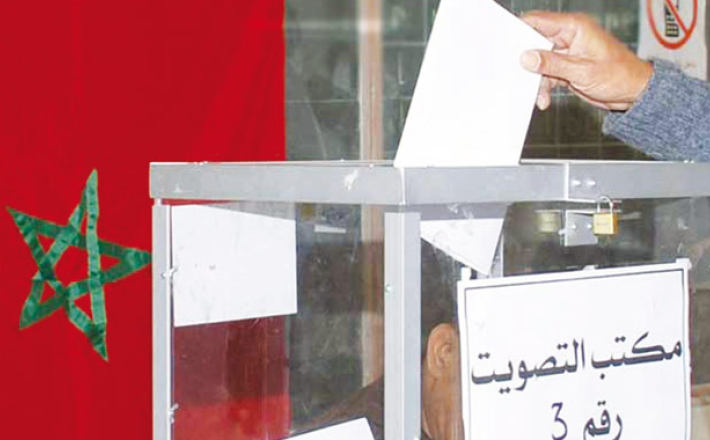Gender Quotas and Women’s Political Representation: Lessons from Morocco
Source: GIWPS
In 2011, the Arab Spring precipitated fervent calls for democratic reforms, leading the Moroccan government to enact gender quotas that reserved seats for women in Parliament as well as regional, district, and communal councils. As a result of these new electoral laws, Moroccan voters elected an unprecedented number of women to legislatures at all levels of government, from local councils to the House of Representatives.
Gender quotas have successfully increased the descriptive, or numerical, inclusion of women in Moroccan government. It is not immediately clear, however, how these gains in women’s descriptive representation have affected women’s substantive representation—the representation of their policy preferences and priorities.
This article examines whether extensive gender quota provisions in Morocco have meaningfully contributed to women’s political inclusion.
What are Gender Quotas?
Gender quotas are an affirmative action measure designed to address the underrepresentation of women in politics. They were originally adopted by political parties in Norway during the 1970s, and they have since become one of the fastest-growing legal trends spreading to different regions of the world and different political contexts. Today, 132 countries have implemented some kind of quota for women.
Click here to read the full article published by the Georgetown Institute for Women, Peace and Security on 21 July 2021.

In 2011, the Arab Spring precipitated fervent calls for democratic reforms, leading the Moroccan government to enact gender quotas that reserved seats for women in Parliament as well as regional, district, and communal councils. As a result of these new electoral laws, Moroccan voters elected an unprecedented number of women to legislatures at all levels of government, from local councils to the House of Representatives.
Gender quotas have successfully increased the descriptive, or numerical, inclusion of women in Moroccan government. It is not immediately clear, however, how these gains in women’s descriptive representation have affected women’s substantive representation—the representation of their policy preferences and priorities.
This article examines whether extensive gender quota provisions in Morocco have meaningfully contributed to women’s political inclusion.
What are Gender Quotas?
Gender quotas are an affirmative action measure designed to address the underrepresentation of women in politics. They were originally adopted by political parties in Norway during the 1970s, and they have since become one of the fastest-growing legal trends spreading to different regions of the world and different political contexts. Today, 132 countries have implemented some kind of quota for women.
Click here to read the full article published by the Georgetown Institute for Women, Peace and Security on 21 July 2021.